Innerspring vs pocket-sprung mattresses
Before we get into all the different features pocket-sprung mattresses bring to the table, we'd like to clear up the terminology a bit. Namely, spring mattresses can be divided into two subsections: innerspring and pocket-sprung mattresses.
The main difference is how the springs are connected. With innerspring mattresses, there's a solid sheet of springs that are all connected to one another. This makes them very prone to motion transfer as well as wear and tear. However, innerspring mattresses are also among the cheapest mattresses on the market.
Pocket-sprung mattresses on the other hand have individually wrapped springs. This is so that they can't transfer movement and so they can adapt to your body much more precisely and effectively. However, this is also why pocket-sprung mattresses are a lot more expensive than innerspring models.
Important features to know about a pocket spring mattress
When shopping for a new pocket spring mattress, you have to know what to look for if you want to get the best mattress available. With that in mind, we've prepared a list of all the essential features that you should know about so that you can make an informed decision and get yourself a mattress that works wonders.
Spring count
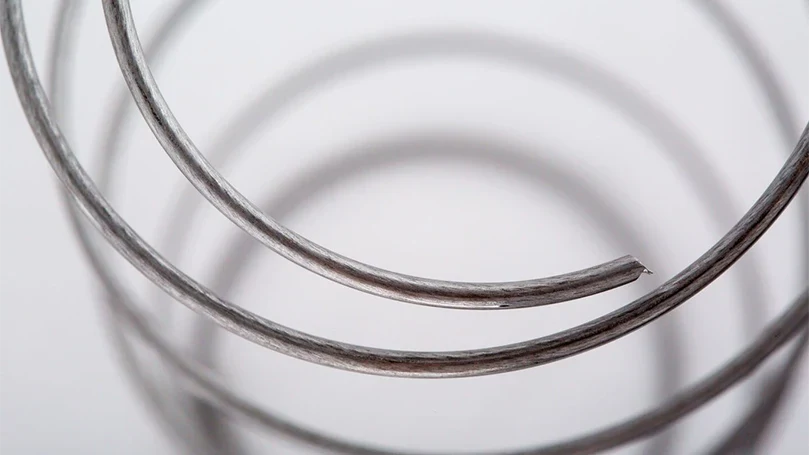
Spring count will be a direct indicator of how well-built the pocket spring mattress is. If we are to buy a pocket spring mattress with full-sized springs inside of it, we should look for a mattress with at least 2,000 individual pocket springs, where each has its own fabric pocket.
At two thousand, you’re looking at an adequate number of springs. A mattress with that spring count should be able to provide you with all that you’re looking for – comfort, support, pressure relief, and so on.
Most mid-range pocket spring mattresses come with around 2,000 springs – give or take a few hundred – but there are also mattresses with both higher and lower spring counts. And generally, the more pocket springs, the better.
<1,500 springs
Generally speaking, you shouldn’t have high expectations for pocket spring mattresses with less than 1,500 springs, as those aren’t the most reliable or long-lasting mattresses on the market. They’re either made for kids or guest rooms, and they don’t belong in a master bedroom.
This is especially true if you're getting a King size pocket spring mattress. After all, with a sleeping surface that large, you're getting a very low spring-per-square-inch ratio.
>1,500 springs
On the other hand, mattresses with 3,000 or 4,000 springs are top of the line. They’re the ones you’re going to enjoy the longest, but they usually come with a hefty price tag. Anything higher than that, in terms of spring count, you’re usually looking at smaller springs, and those can’t really be compared to traditional, full-sized pocket springs.
In general, a 1500 pocket spring mattress is going to give you a good amount of support as well as comfort. And these kinds of pocket-sprung mattresses are available at most higher-end mattress stores.
The firmness of the springs
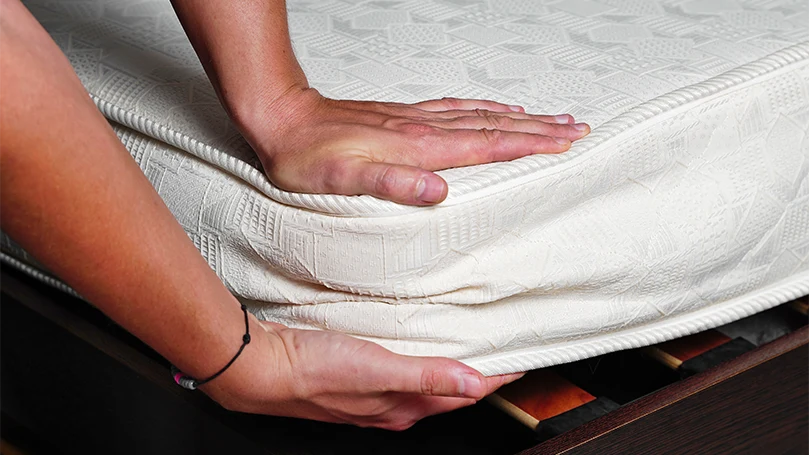
Generally speaking, you should choose the firmness of the mattress based on your body type, weight, and your preferred sleeping position.
As a general rule of thumb, lightweight people should go for softer mattresses, and people who are a bit heavier should go for the firmer ones, but bodyweight isn't the only factor.
You have to keep your sleeping position in mind, as well.
Pocket spring mattresses work with all sleeping positions – it is just a matter of finding the right firmness of springs for your sleeping position.
Back sleepers
Some would say that back sleepers have it the easiest, as they’re the ones who are generally the easiest to please. Back sleepers can comfortably rest on most mattresses, and a pocket-sprung mattress is no exception. Generally, we'd suggest a medium-firm pocket-sprung mattress for most back sleepers.
Side sleepers
Side sleepers will generally have to look for a softer mattress, or better yet, avoid firm mattresses. Since they're resting on the side, they'll want to sleep on a mattress that allows them to gently sink into it while remaining adequately supported. And, in order to achieve that, side sleepers should choose a medium-firm mattress or softer mattresses. Of course, you can get a pocket-sprung mattress that's a bit softer, especially if it utilises natural fillings but memory foam mattresses are usually the safer bet.
Front or stomach sleepers
Finally, front sleepers are the ones who are the hardest to please. Due to the natural spine curvature, front or stomach sleepers will have to rest on a firm sleep surface. On that note, once you factor in the body weight, most front sleepers should go for medium-firm or firm pocket spring mattresses.
You can even look into orthopaedic mattresses, as they go up to extra firm more often than not. Luckily, these models are usually spring models.
Pocket spring mattresses & back pain
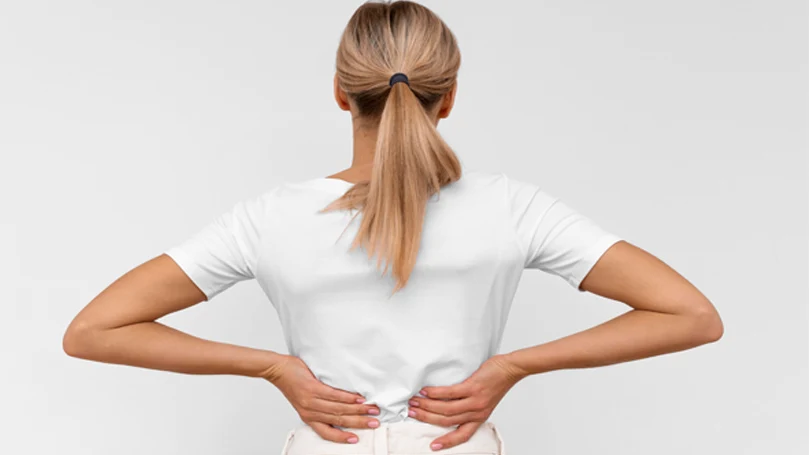
Pocket spring mattresses are often considered to be perfect for dealing with back pain, and that’s not by accident.
As we have already said, individually nested springs allow for independent movement of each spring, which in return results in better support, contouring, and pressure and pain relief. All of these are important when we're dealing with back pain.
So, if you choose the right pocket spring mattress, you should be able to sleep in an optimal position, with your spine properly and adequately aligned, regardless of the position you sleep in. Once you do that – the pain will slowly fade away.
Keep in mind – this will only work if a bad mattress or improper posture is what's causing your back pain. If there is an underlying medical cause for back pain, the best a pocket mattress will do for you is ease your pain a little bit. But hey, every little bit helps, right?
The advantages of owning a pocket spring mattress
Now that we've shown you what to look for in a good pocket spring mattress, let's talk a little bit about what you'll get from a high-quality pocket spring mattress and what are some advantages they bring to the table.
Zero movement transfer
If you’ve ever shared a bed with a restless sleeper, you know how difficult it can be to stay asleep with someone moving around constantly.
Now, a pocket spring mattress might not be able to keep your sleeping partner in one place during the night, but what it will do is isolate the movements keeping you peaceful all through the night.
That’s right. A quality pocket spring mattress has zero movement transfer. Due to each spring moving independently, as they're individually wrapped, every toss and turn will be virtually undetectable. The springs will dampen and absorb the motion, ensuring that you don't feel a thing while you sleep.
Memory foam mattresses are also good at this, but we’ll leave that for another time.
Firmness
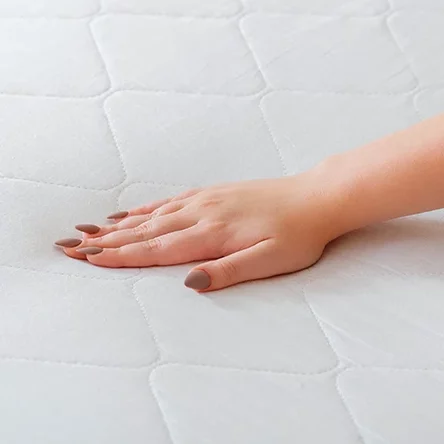
Some pocket spring mattresses are known as orthopaedic mattresses.
As a general rule of thumb, orthopaedic mattresses are firmer than regular ones, ensuring that you keep proper posture all through the night.
Unlike some other mattresses, for example, memory foam mattresses, pocket-sprung mattresses can get quite firm.
This also makes them ideal for heavyweight and front sleepers, as well as people recovering from back injuries.
All you’ll need are high-tension springs, and voila – you have yourself a firm, orthopaedic mattress.
Naturally, you wouldn’t lie on bare springs, nor would a firm mattress be uncomfortable. You would always have a nice, comfy layer on top of the springs, usually made from foam, microfibre, or wool.
Full body support
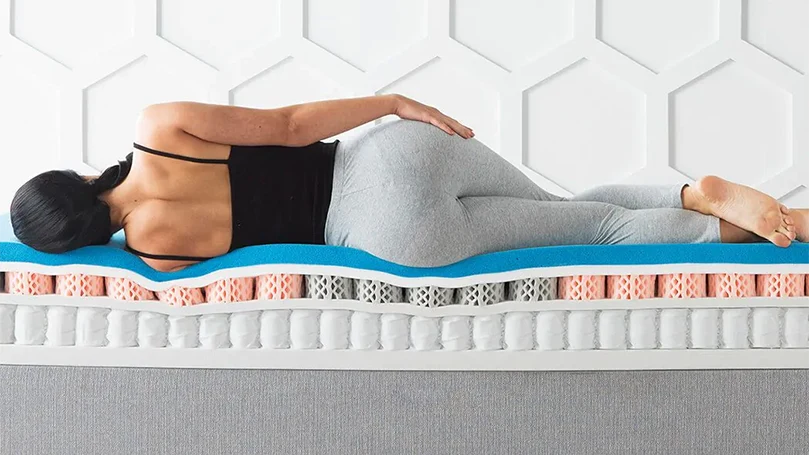
Another fantastic advantage you’d get from pocket spring mattresses is full-body support.
Unlike some other mattresses, for instance, innerspring ones, pocket spring mattresses offer adequate support all throughout, regardless of whether it's a Single mattress or a King! Once again, this is because each spring can move individually and independently from one another and adapt to your body shape.
For instance, you won’t suffer from a lack of support on your lower back because your hips have caused the mattress to sink, nor will your upper back or neck hurt if you sleep on your side with your shoulder pressing on the mattress.
One area where you might feel some support lacking is near the edges of the pocket spring mattress. However, the lack of edge support can be easily fixed with adequate hand-stitching and reinforcements around the edges, so ask about those when shopping for a pocket sprung.
Breathability
The choice between spring and foam mattresses can be difficult. However, one of the more important distinctions is breathability. This is because memory foam is quite dense, and thus tends to trap a lot of heat. Pocket-sprung mattresses on the other hand allow air to move freely throughout the mattress.
So, if you're a hot sleeper, you're less likely to wake up covered in sweat if you're using a pocket spring mattress! And, for some people, this alone makes spring mattresses a lot better than memory foam models.
Conclusion
And that's all you need to know about pocket-sprung mattresses! So, what do you think? Are you going to get a pocket spring mattress? Let us know in the comments.
Spread the word
Related products:


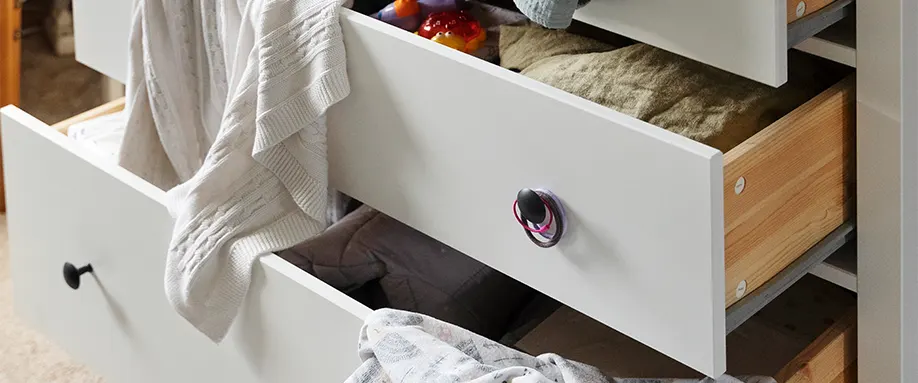












There are no comments yet
"*" indicates required fields